Nothing elicits heart-stopping panic as quickly realizing your ever-present iPhone suddenly disappears unexpectedly. Beyond financial burdens replacing pricey devices, immense personal data and memories jeopardization introduces anxiety tenfold worrisomely.
Thankfully Apple unveils powerful Stolen Device Protection security safeguarding iPhones against data breaches even if passcodes get hacked in iOS 17.3 updates.
Today we outline specifically how enhanced location tracking, biometric authentication requirements and additional time delays stop sticky-fingered thieves accessing sensitive information or disabling critical tracking services dangerously.
When Biometrics Beat Brute Passcode Guessing
Most critically, Stolen Device Protection fortifies previous single passcode protections via multi-layered identity verifications needing explicit owner permissions proceeding sensitive requests.
This means even correctly guessing weak passcodes no longer gives thieves enough power wiping devices clean reinstating factory conditions regained fences sold illegally.
Instead they now still require authenticated fingerprint or facial recognition scans additionally approving critical system erasures or sidestepping recovery options.
Your Face Holds the Keys to Your Kingdom
In effect this safeguards stolen phones better resisting attackers attempting force-wiping precious photos, messages, app data and login credentials behind through brute accessibility alone.
So even stolen phones remain personal protected privacies locked safely gathering dust rather than exposing entire digital identifies unfortunately.
Apple deserves immense credit fortifying previous single-point protection weakness vectors massively strengthening stolen device defenses majorly.
Location Tracking Sets Additional Hurdles
However multi-factor authentication introduces just one barrier better shielding stolen iPhones frustrating thieves thankfully.
iOS 17.3 also considers device locations assessing familiarity granting permissions accordingly initially.
This means stolen phones entering unfamiliar location patterns like distant cities prompt identity reconfirmation requests temporarily better confirming identities legitimacy contextually.
If devices still report foreign locations after timer delays, full functionality locks trigger remotely helping recovery enormously.
A Pixelated Pixel Trail Emerges
Effectively victims trace Location breadcrumbs left behind querying Find My app locating devices last known positions speedily.
The location tracking history gives precious time reacting wisely rather than suffering compromised positions realized unfortunately far later.
So not only do thefts themselves prove harder breaching currently, but recovering outlooks also strengthen apologizing stumbles responding faster ever before.
Complementary Security Recommendations
While tremendously bolstering stolen device defenses, additional responsibility rests users exercising wise complementary precaution principles also still.
Namely experts encourage iPhones owners:
- Establishing stronger passcodes resilient guessing easily
- Limit public device usages in high-risk areas when possible
- Encrypt sensitive tools like banking apps strongly
- Report thefts immediately through appropriate channels
Following these promotes multiple protection layers keeping owners safe themselves and personal information secured behind fortified perimeter walls resiliently.
The Forefront of Mobile Security Leadership
By all expert accounts, Stolen Device Protection sets industry gold standards obstruction unauthorized access and improving device recoveries monumentally.
It cements Apple fortifying mobile technology reputation leadership maximizing customer trust through unyielding security and privacy commitments industrywide.
As smartphones store irreplicable life artifacts accessed daily, bold protections like these make compromised devices and identities feels far less absolutely devastating nearly impossible nightmare scenarios otherwise.




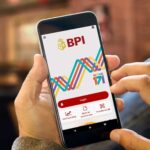
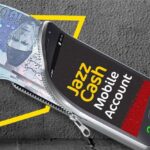

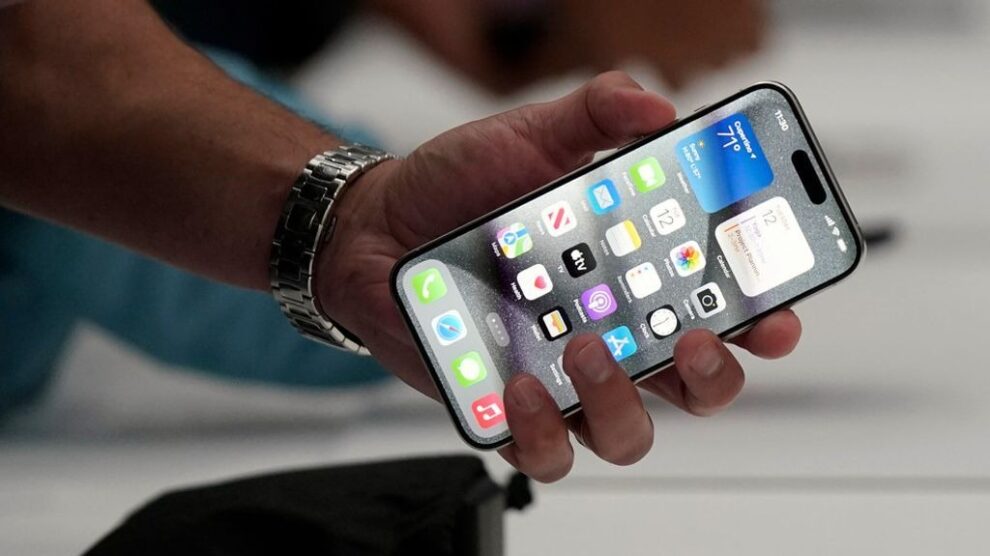
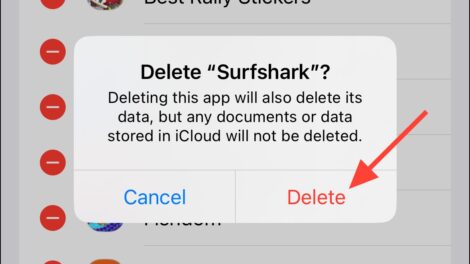
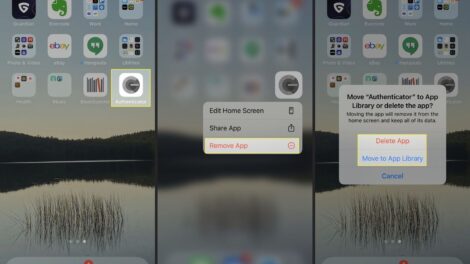
Add Comment